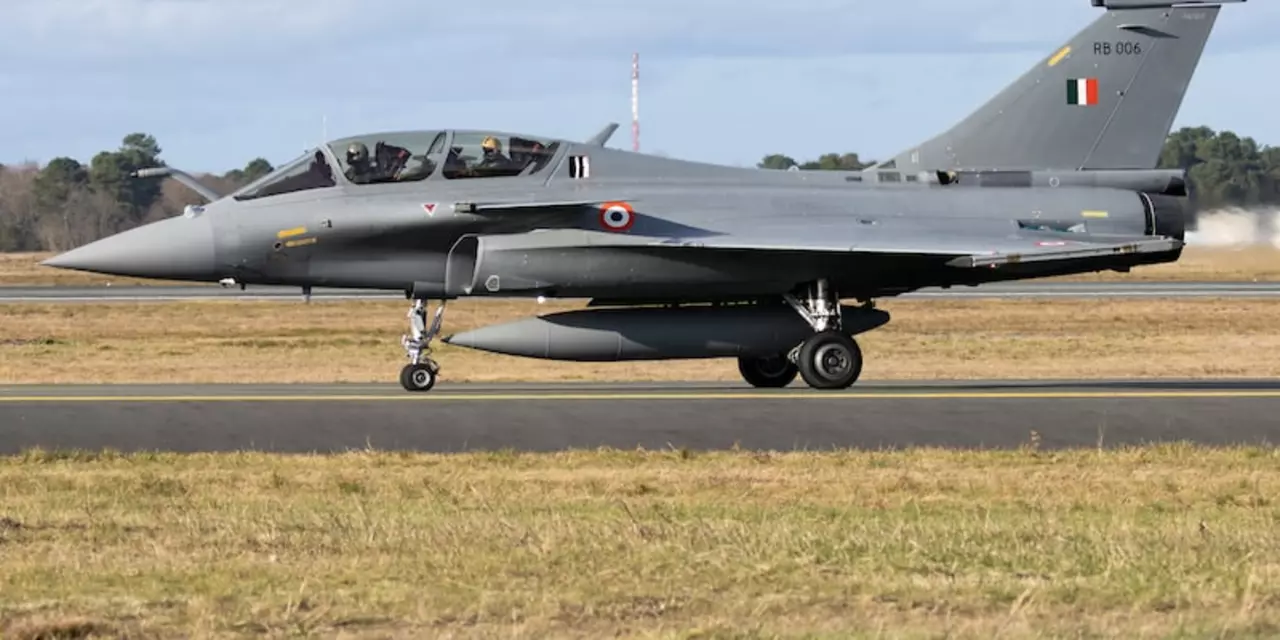India Air Force – What It Is, What It Does, and How to Join
When you hear "India Air Force" (IAF) you probably picture fighter jets soaring over the Himalayas. It’s more than that, though. The IAF protects Indian skies, helps in disaster relief, and supports ground troops. In this guide we break down the IAF’s main jobs and give you a plain‑English roadmap if you want to become a part of it.
What does the IAF actually do?
The IAF’s core mission is air defence. That means keeping hostile aircraft away from Indian territory. To do this it uses a mix of modern fighters like the Rafale, Su‑30MKI, and Tejas. These jets are equipped with air‑to‑air missiles, radar‑jamming pods, and precision‑guided bombs.
Beyond combat, the IAF runs air‑lift operations. When floods hit Assam or a cyclone hits the east coast, the IAF flies in food, medicine, and rescue teams. Its transport fleet – C‑130s, Il‑76s, and the newer Airbus C‑295 – can land on short, rough runways, which is a lifesaver in remote areas.
The IAF also trains pilots and crew. The Indian Air Force Academy in Dundigal is where cadets learn to fly, navigate, and handle weapons. Training is intense but designed to produce pilots who can handle any situation, from dogfights to aerial refuelling.
Strategic reconnaissance is another piece of the puzzle. High‑altitude drones and spy planes gather intelligence on borders and potential threats. That data helps the army and navy plan their moves.
How to join the India Air Force
If you’re thinking about a career in the IAF, start by checking your eligibility. The most common entry routes are:
- National Defence Academy (NDA): Open to students after 10+2. You’ll appear for a written exam, SSB interview, and medical test.
- Combined Defence Services (CDS) exam: For graduates who want to become officers. Again, you need to clear a written test, SSB, and medical check.
- Air Force Common Admission Test (AFCAT): This is for pilots, observers, and ground duty officers. You need a bachelor's degree in any stream for ground duties, and a physics‑math or engineering degree for pilot/observer roles.
Once you clear the written stage, the Services Selection Board (SSB) interview assesses your personality, leadership, and teamwork. It includes group tasks, personal interviews, and a psychological test. After SSB, you face a thorough medical exam to make sure your vision, height, and overall health meet strict standards.
Successful candidates go to the Air Force Academy for training. Pilot training lasts about a year, covering basic flight, aerobatics, and combat tactics. Ground duty officers receive specialized courses in logistics, administration, or engineering.
Remember, the IAF values discipline, quick decision‑making, and a willingness to serve the nation. If you can handle rigorous physical training and long hours of study, the Air Force can be a rewarding path.
What’s new in the IAF today? The force is modernising fast. New indigenously built Tejas Mk‑II fighters are entering service, while a fleet of C‑295 transport aircraft is boosting disaster‑response capability. The IAF also operates a growing number of UAVs for surveillance, giving it a tech edge.
Whether you aim to fly a Rafale, manage logistics for relief missions, or simply learn more about India’s sky guardians, the India Air Force offers a range of roles. Check the official recruitment portal for dates, eligibility, and detailed application steps. Your journey starts with a single form – and could end with you patrolling the skies over the Himalayas or delivering aid to a remote village.
Why India Air Force had the most numbers of planes crashing?
0 Comments
The Indian Air Force (IAF) has the highest number of plane crashes in the world. This is due to a variety of reasons, including an aging fleet of aircraft, inadequate maintenance, and lack of modern technology. The IAF has been facing a shortage of pilots, a lack of spare parts, and inadequate training. Moreover, the IAF has been facing a number of accidents due to human error. The government has taken steps to improve the safety of the aircraft, but there is still room for improvement.
Read More